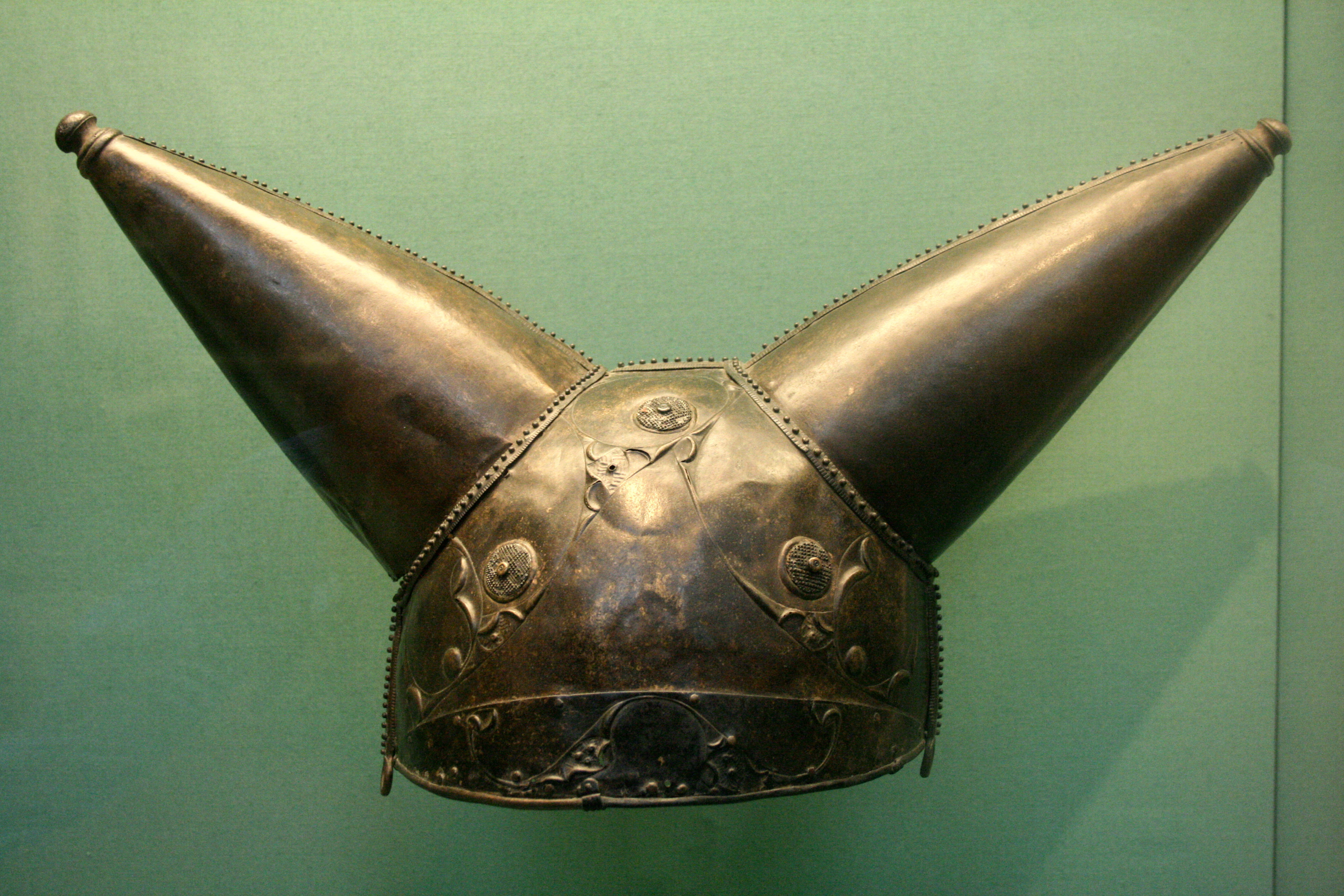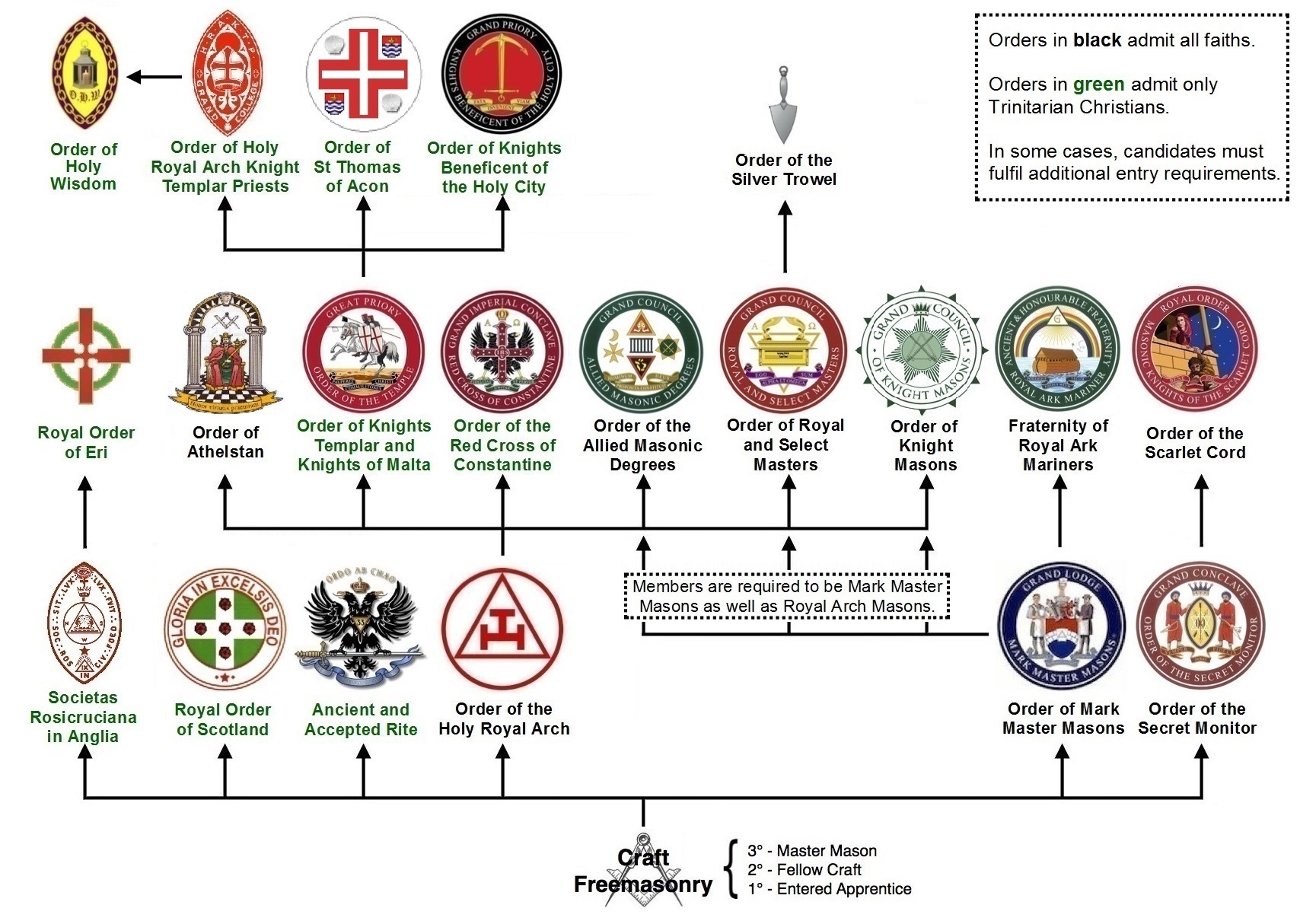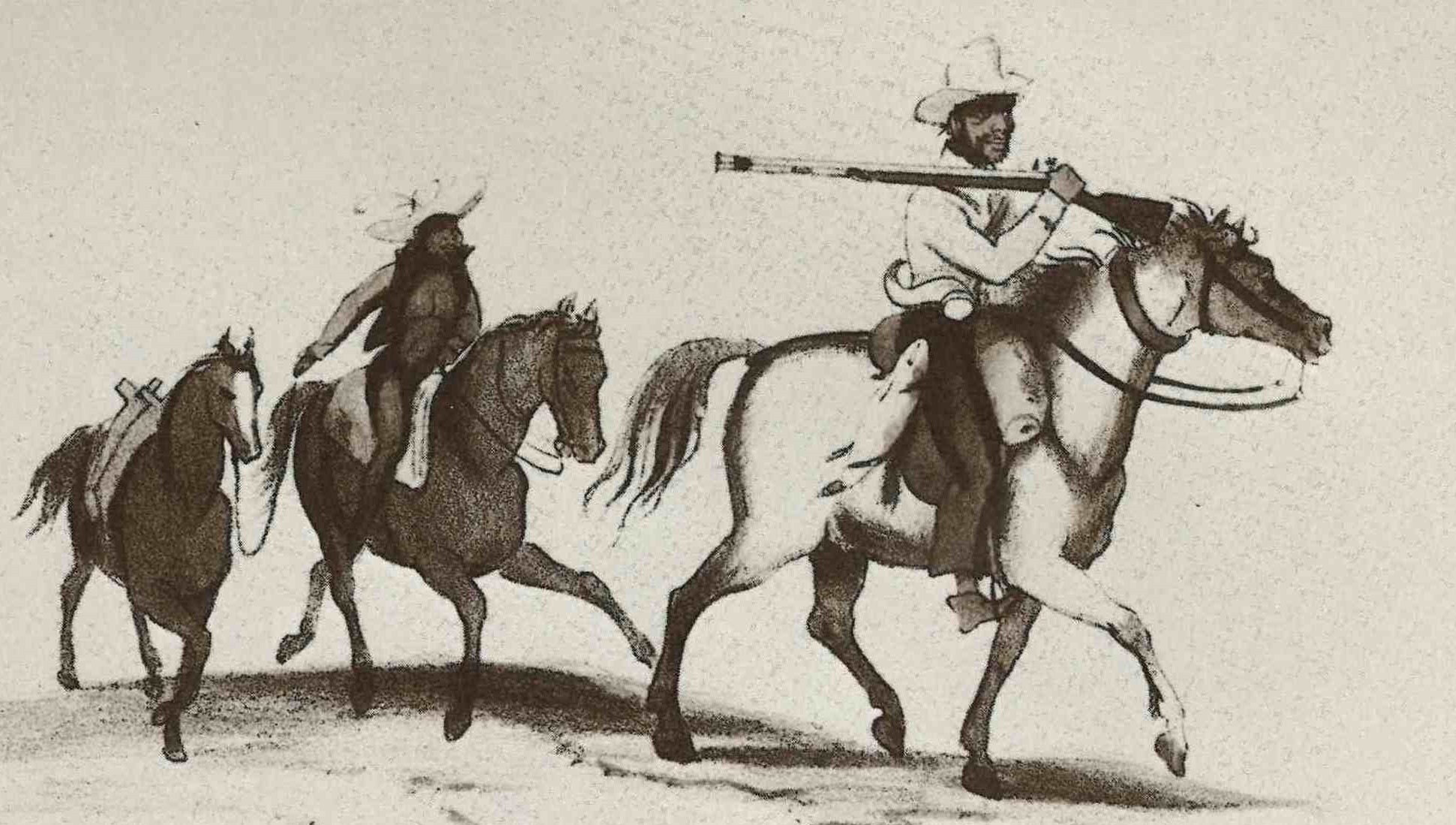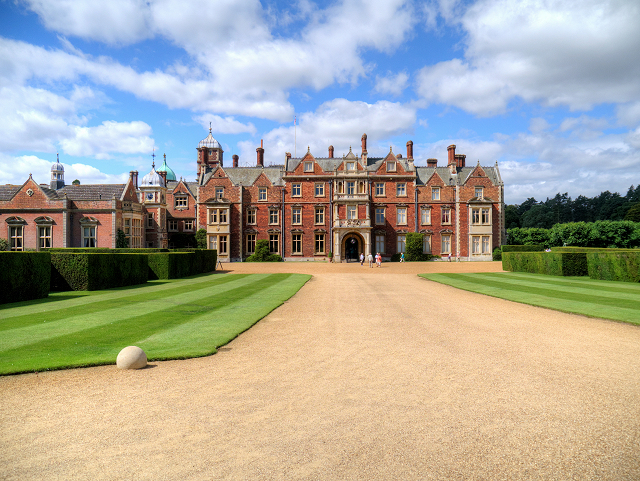|
Charles Edward Keyser
Charles Edward Keyser DL FSA (10 September 1847 – 23 May 1929) was a British stockbroker and authority on English church architecture. In his later life, he became Lord of the Manor of Aldermaston in the English county of Berkshire. Biography Charles Keyser was born in Paddington, London, to financier Charles Keyser (d. 1892) and Margaret Blore (daughter of Edward Blore). Keyser attended Eton College, before studying law at Trinity College, Cambridge. He gained his B.A. in 1870 and his MA in 1873. Keyser joined Colne Valley Water, becoming the chairman. At this time, he lived at Warren House in Stanmore with his sister, Agnes. Leaving Warren House in approximately 1890, Keyser bought Merry Hill House in Bushey. While living in Hertfordshire, he captained the Hertfordshire County Cricket Club for eight years. After his studies, Keyser worked in the City of London as a stockbroker, building great wealth. In 1879, Keyser was appointed as a Fellow of the Society of Antiq ... [...More Info...] [...Related Items...] OR: [Wikipedia] [Google] [Baidu] |
City Of London
The City of London, also known as ''the City'', is a Ceremonial counties of England, ceremonial county and Districts of England, local government district with City status in the United Kingdom, city status in England. It is the Old town, historic centre of London, though it forms only a small part of the larger Greater London metropolis. The City of London had a population of 8,583 at the 2021 United Kingdom census, 2021 census, however over 500,000 people were employed in the area as of 2019. It has an area of , the source of the nickname ''the Square Mile''. The City is a unique local authority area governed by the City of London Corporation, which is led by the Lord Mayor of London, Lord Mayor of the City of London. Together with Canary Wharf and the West End of London, West End, the City of London forms the primary central business district of London, which is one of the leading financial centres of the world. The Bank of England and the London Stock Exchange are both ba ... [...More Info...] [...Related Items...] OR: [Wikipedia] [Google] [Baidu] |
Knights Templar (Freemasonry)
The Knights Templar, full name The United Religious, Military and Masonic Orders of the Temple and of St John of Jerusalem, Palestine, Rhodes and Malta, is a fraternal order affiliated with Freemasonry. Unlike the initial degrees conferred in a regular Masonic Lodge, which (in most Regular Masonic jurisdictions) only require a belief in a Supreme Being regardless of religious affiliation, the Knights Templar is one of several additional Masonic Orders in which membership is open only to Freemasons who profess a belief in Christianity. One of the obligations entrants to the order are required to declare is to protect and defend the Christian faith. The word "United" in its full title indicates that more than one historical tradition and more than one actual order are jointly controlled within this system. The individual orders 'united' within this system are principally the Knights of the Temple (Knights Templar), the Knights of Malta, the Knights of St Paul, and only within th ... [...More Info...] [...Related Items...] OR: [Wikipedia] [Google] [Baidu] |
Freemason
Freemasonry (sometimes spelled Free-Masonry) consists of fraternal groups that trace their origins to the medieval guilds of stonemasons. Freemasonry is the oldest secular fraternity in the world and among the oldest still-existing organizations in history. Modern Freemasonry broadly consists of three main traditions: *Anglo-American Freemasonry, Anglo-American style Freemasonry, which insists that a "volume of sacred law", such as the Bible, Quran, or other religious text be open in a working Masonic lodge, lodge, that every member professes belief in a God, supreme being, that only men be admitted, and discussion of religion or politics does not take place within the lodge. *Continental Freemasonry or Liberal Freemasonry which has continued to evolve beyond these restrictions, particularly regarding religious belief and political discussion. *Co-Freemasonry, Women Freemasonry or Co-Freemasonry, which includes organizations that either admit women exclusively (such as the Ord ... [...More Info...] [...Related Items...] OR: [Wikipedia] [Google] [Baidu] |
High Sheriff Of Berkshire
The High Sheriff of Berkshire, in common with other counties, was originally the King's representative on taxation upholding the law in Anglo-Saxons, Saxon times. The word Sheriff evolved from 'shire-reeve'. The title of High Sheriff#United Kingdom, High Sheriff is therefore much older than the other crown appointment, the Lord Lieutenant of Berkshire, which came about after 1545. Between 1248 and 1566, Berkshire and Oxfordshire formed a joint shrievalty (apart from a brief period in 1258/1259). See High Sheriff of Oxfordshire. Unlike the Lord Lieutenant of Berkshire, which is generally held from appointment until the holder's death or incapacity, the title of High Sheriff is appointed / reappointed annually. The High Sheriff is assisted by an Under-Sheriff of Berkshire. List of High Sheriffs of Berkshire 1248–1566 See High Sheriff of Berkshire and Oxfordshire for incumbents during this period. (From 3 November 1258 to Michaelmas 1259, Nicholas de Hendred was sheriff for B ... [...More Info...] [...Related Items...] OR: [Wikipedia] [Google] [Baidu] |
County Council
A county council is the elected administrative body governing an area known as a county. This term has slightly different meanings in different countries. Australia In the Australian state of New South Wales, county councils are special purpose local governments, to which a group of local government areas delegate the provision of certain services. Note that although New South Wales has counties, the county councils are not governments of the counties (which have never had governments), but rather of distinct county districts. Norway In Norway, a county council () is the highest governing body of a county municipality (''fylkeskommune''). The county council sets the scope of the county municipal activity. The council is led by the Chairman of the County Council, more commonly called a County Mayor (''fylkesordfører''). Members of the council are elected for a four-year term through the general local elections, which can extended for a second four-year term. It is common for me ... [...More Info...] [...Related Items...] OR: [Wikipedia] [Google] [Baidu] |
Convalescent Home
A sanatorium (from Latin '' sānāre'' 'to heal'), also sanitarium or sanitorium, is a historic name for a specialised hospital for the treatment of specific diseases, related ailments, and convalescence. Sanatoriums are often in a healthy climate, usually in the countryside. The idea of healing was an important reason for the historical wave of establishments of sanatoria, especially at the end of the 20th and early 21th centuries. One sought, for instance, the healing of consumptives especially tuberculosis (before the discovery of antibiotics) or alcoholism, but also of more obscure addictions and longings of hysteria, masturbation, fatigue and emotional exhaustion. Facility operators were often charitable associations, such as the Order of St. John and the newly founded social welfare insurance companies. Sanatoriums should not be confused with the Russian sanatoriums from the time of the Soviet Union, which were a type of sanatorium resort residence for workers. ... [...More Info...] [...Related Items...] OR: [Wikipedia] [Google] [Baidu] |
South African Wars (1879–1915)
The South African Wars, including but also known as the Confederation Wars, were a series of wars that occurred in the southern portion of the African continent between 1879 and 1915. Ethnic, political, and social tensions between European colonial powers and indigenous Africans led to increasing hostilities, culminating in a series of wars and revolts, which had lasting repercussions on the entire region. A key factor behind the growth of these tensions was the pursuit of commerce and resources, both by countries and individuals, especially following the discoveries of gold in the region in 1862 and diamonds in 1867. Conflicts such as the First and Second Boer Wars, the Anglo-Zulu War, the Sekhukhune Wars, the Basotho Gun War, the Xhosa Wars, and other concurrent conflicts are typically considered separate events. However, they have also been viewed as outbreaks in a far larger continuous wave of change and conflict in the region, beginning with the Confederation Wars o ... [...More Info...] [...Related Items...] OR: [Wikipedia] [Google] [Baidu] |
Sandringham House
Sandringham House is a country house in the parish of Sandringham, Norfolk, England. It is one of the royal residences of Charles III, whose grandfather, George VI, and great-grandfather, George V, both died there. The house stands in a estate in the Norfolk Coast Area of Outstanding Natural Beauty. The house is listed as Grade II* and the landscaped gardens, park and woodlands are on the National Register of Historic Parks and Gardens. The site has been occupied since Elizabethan times, when a large manor house was constructed. This was replaced in 1771 by a Georgian mansion for the owners, the Hoste Henleys. In 1836 Sandringham was bought by John Motteux, a London merchant, who already owned property in Norfolk and Surrey. Motteux had no direct heir, and on his death in 1843, his entire estate was left to Charles Spencer Cowper, the son of Motteux's close friend Emily Temple, Viscountess Palmerston. Cowper sold the Norfolk and the Surrey estates and embarked on rebui ... [...More Info...] [...Related Items...] OR: [Wikipedia] [Google] [Baidu] |
Philip Charles Hardwick
Philip Charles Hardwick (London 1822–1892) was an English architect. Life Philip Charles Hardwick was born in Westminster in London, the son of the architect Philip Hardwick (1792–1870) and grandson of architect Thomas Hardwick (junior) (1752–1825). His mother was also from an eminent architectural family, the Shaws. Philip Charles Hardwick's maternal grandfather was John Shaw Senior (1776–1832) and his uncle was John Shaw Jr (1803–1870). Hardwick trained under his father and also Edward Blore. He exhibited regularly at the Royal Academy between 1848 and 1854. Hardwick worked in the City of London, where he became the leading architect of grandiose banking offices, mainly in an Italianate manner. He designed five City banks, including Drummond's in Trafalgar Square (1879–81), and was architect to the Bank of England from 1855 to 1883. He was employed outside London designing branch offices at Hull (1856) and Leeds (1862–65). His best known work was the Grea ... [...More Info...] [...Related Items...] OR: [Wikipedia] [Google] [Baidu] |





